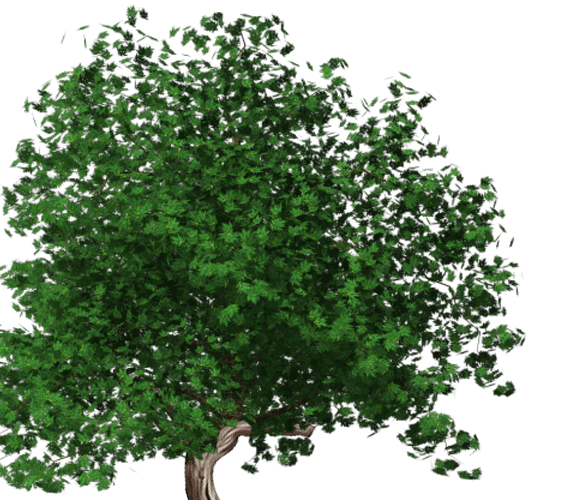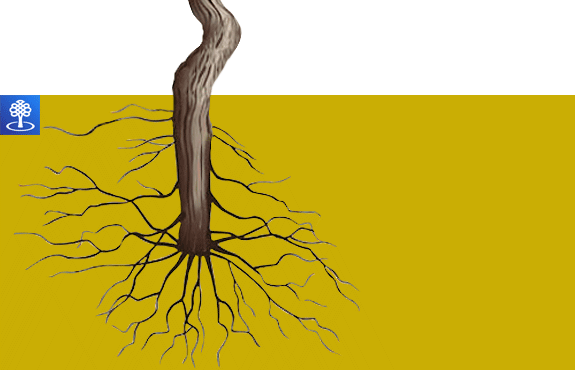





I am a designer and interdisciplinary researcher. I study human perception of reality, especially in relation to time and mnemic territories.
Find one of my last text in English, Travelling on smell-time, in Nouveaux territoires de l'expérience olfactive. A compendium of texts edited by
Victor Fraigneau and Xavier Bonnaud. Genève: Infolio, 2021, pp. 89-109. ISBN 9782884743358.
Access this text for free here, or buy a printed copy
here
Please follow this link to access most of my papers and presentations on ResearchGate.
If you are rather interested in my expertise in design and renovations, this document is the one to browse
I am a member of the Association for the Scientific Study of Consciousness (ASSC), the Cognitive Science Society (CSS), the Institute of Cognitive Science (ISC-UQAM)
and the Academy of Neuroscience for Architecture (ANFA). I am also a member of the Architectural Woodwork Manufacturers Association of Canada (AWMAC) as designer/woodworker.
Previously member of the Royal Architectural Institute of Canada (MIRAIC), the Quebec Association of Urban Designers (ADUQ), and the Association Francophone pour le Savoir (ACFAS).
I am always looking for creative teams or collaborator(s) i can grow with. If my expertise draws your attention, please contact me











